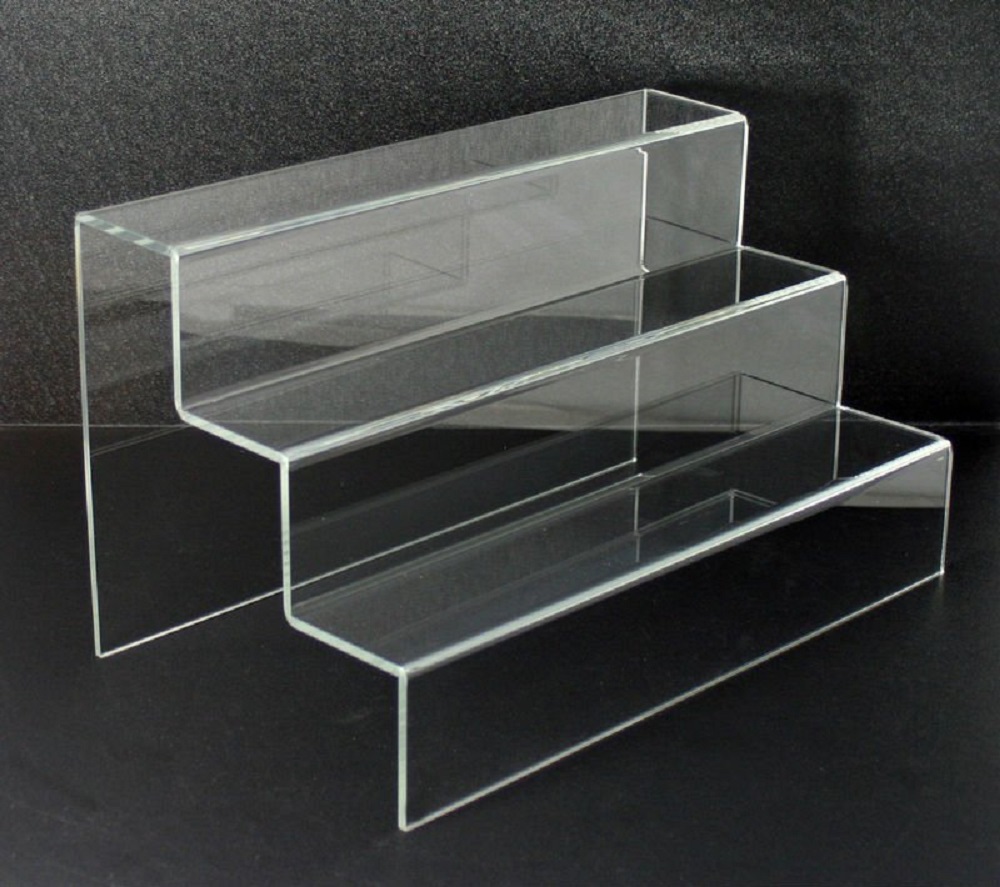There are several plastic production approaches to choose from, and there are extensive ranges associated with freedom of form, setup costs, fees per component part, finish time, as well as the scale of manufacturing the process allows. Widely used methods feature CNC (computer numerical control) machining and vacuum formation, each of which appeal to distinct design and style and development requirements. CNC, for example, has a medium degree of flexibility when it comes to the form, a finish time of less than a day, a moderate setup price, expensive individual parts, and suits large scale manufacturing. Vacuum formation, however, features a very restricted freedom of form, only suitable for constructing basic forms, and can feature a finish time of up to one month. Furthermore, because there is a large range of CNC machines, ranging from basic desktop equipment, to far more advanced machines, the setup price varies from low to high, and the price per part and the finish time are highly variable, and dependent upon the sophistication of the machine.
Breakdown Of CNC Machining
CNC machining is a computer regulated subtractive procedure, that removes material from plastic as a way to build the desirable form. The computer is high-tech, with the ability to convert a model into numbers using a computer aided design computer software system. The figures are able to manipulate the equipment to cut the desired form. To setup, the machines require an intermediate stage in the creation and validation of tool paths. As soon as the machine obtains the tool paths, the subtractive procedure is initiated. When the assemblage is complete, the component part is cleaned, smoothed, and trimmed.
For low quantity plastic component requests that call for tight tolerances and forms that are tough to shape, machining is suitable. CNC machining boasts low to moderate initial costs, and can also produce high quality plastic pieces with minimal finishing times. However, with an increase of product difficulty, the price per component increases. Moreover, the procedure requires tool access considerations, and a number of designs, including those with curved internal channels, are near-impossible to produce with CNC manufacturing. www.displaydevelopments.co.uk is regarded as a site that is loaded with lots of up to date knowledge about heat forming acrylic sheet. There are various Perspex manufacturers online pages inside the Uk, if you are looking for more info or alternatively purchase prices this url is a great place to begin Perspex shoes wholesale.|{In case you are looking for more tips with regards to plastic cnc prototype this particular web site abs plastic prototyping offers many more publications relating to thermoforming plastic. This great site machining acrylic plastic has a lot more info on the main topics custom plastic forming. There are a variety thermoforming plastic internet pages in the UK, if you’re looking for more info or pricing this excellent website is a popular place to start
Vacuum formation is a process during which plastic is heated and moulded, usually using a mould. The size and intricacy of vacuum-forming machines range between cheap desktop devices to state-of-the-art production machinery.
It is often appropriate for any task, ranging from made to order designs to large-scale fabrication, taking into consideration the large array of machinery available and that automatisation is undoubtedly an option if required. However, there is minimum flexibility in the types of design it can develop, and is unfortunately only able to build pieces with basic geometries. In comparison with other methods, tooling prices are minimal, since vacuum formation merely needs minimal forces and pressures. Commonly, for small production sizes the moulds are constructed with Three-dimensional printed resin, or possibly plaster, and for greater manufacturing sizes stronger equipment composed of metal is commonly used.
The manufacturing method begins with a sheet of plastic getting clamped and heated so that the plastic becomes mouldable. The plastic will then be placed into the mould and cooled, and frequently fans and also other chilling strategies are utilised in an effort to accelerate the chilling process. The final stage entails any surplus plastic being taken off.

